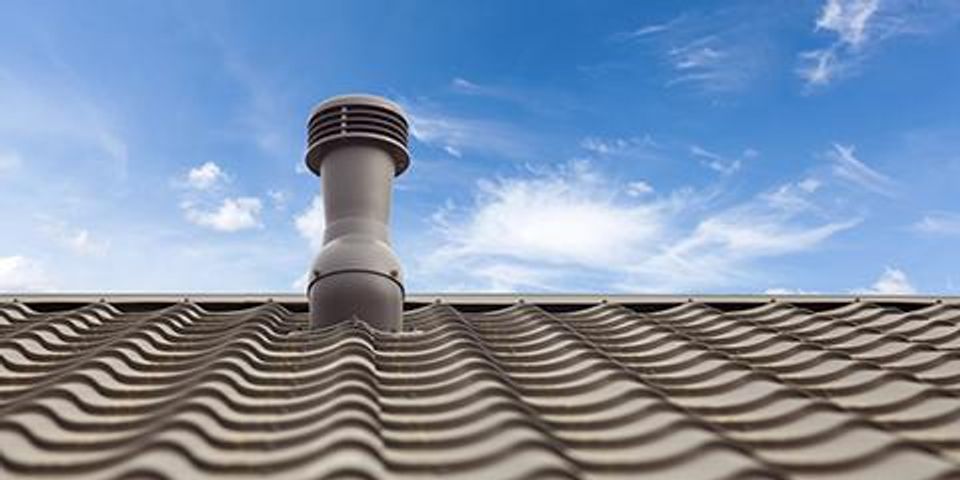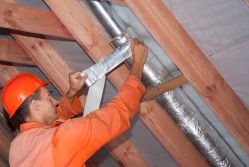What Is the Difference Between Passive & Powered Ventilation for Roofing?

Having the proper attic ventilation is crucial for keeping your roofing system efficient and long-lasting. It regulates internal temperatures and prevents moisture from building up and causing mold and structural issues. To properly balance airflow in your attic, there are two types of vents commonly used in roofing—passive and powered.
Passive
 Passive ventilation depends on natural air convection, as well as wind-generated pressure, to keep heated air flowing upward, most commonly used with asphalt shingle roofing systems. Heated air has lower density and will rise while colder temperature stays down; this is why cold air intake vents are placed lower than exhaust vents. Colder air replaces and pushes the warmer temperatures up and out, balancing the ventilation system. Wind exhaust vents, such as turbines, can be added to force hot air out of the attic and increase the overall airflow.
Passive ventilation depends on natural air convection, as well as wind-generated pressure, to keep heated air flowing upward, most commonly used with asphalt shingle roofing systems. Heated air has lower density and will rise while colder temperature stays down; this is why cold air intake vents are placed lower than exhaust vents. Colder air replaces and pushes the warmer temperatures up and out, balancing the ventilation system. Wind exhaust vents, such as turbines, can be added to force hot air out of the attic and increase the overall airflow.
Powered
Powered ventilation relies on a forced system to push air through more aggressively than a passive system. Exhaust fans are placed on the roof to remove hot air. A balanced system is also necessary to ensure the amount of intake air matches the outtake. Vent placement is key in a powered system. By placing the intake side of the system closer to heat sources and rooms that generate more hot air, you are ensuring heat doesn’t linger inside your home and will be forced out efficiently to regulate the temperature. Usually, a thermostat will control the fan power, turning on when internal temperatures hit a high and off when balance is reached.
If you are looking for a roofing company in Kannapolis, NC, Rodriguez Roofing is ready to help. Their expert staff is knowledgeable in a variety of roofing materials and repair techniques and guarantees customer satisfaction for residential and commercial clients. If you need emergency services, the team is also available 24 hours a day. Call (704) 938-1911 or follow their updates on Facebook.
About the Business
Have a question? Ask the experts!
Send your question

